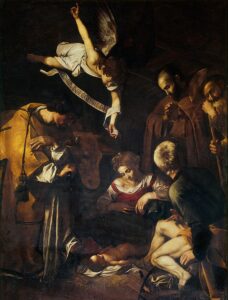by Amineddoleh & Associates LLC | Jan 26, 2023 |
Our founder, Leila A. Amineddoleh, was featured in the Washington Post last week. She discussed challenges facing claimants following a complaint made against the Guggenheim Museum for retaining a Picasso that was allegedly sold under Nazi duress. Read more here. Leila was also quoted this week in an article for ABC News discussing the ethical implications of resolving cultural antiquities ownership disputes. Read her take here.
Additionally, Maria T. Cannon contributed an opinion to the Wall Street Journal last week. She commented on the ethical implications of attorneys who may be tempted to use ChatGPT while representing clients. Find the article here.
by Amineddoleh & Associates LLC | Dec 14, 2022 |
In this annual newsletter, Amineddoleh & Associates is pleased to share some major developments that took place at the firm and in the art world during 2022.
LITIGATION AND SETTLEMENT UPDATES
The “Goodwill” Marble Bust

The Marble Bust looted during WWII that was found in Texas and will be returned to Germany
Possibly the most talked about art law matter of the year was the return of an ancient marble bust to Germany. The 2,000-year-old artifact likely originated from Rome, but it was acquired by Bavarian King Ludwig I and then placed in a German museum from where it was looted during World War II. Our client, Laura Young, bought it at a local goodwill shop and ultimately returned it to Germany. It was an honor to advise her and work with her to negotiate the internationally celebrated return.
Copyright Infringement Lawsuit
At the start of the year, we filed a litigation in Iowa on behalf of a muralist, Chris Williams. His work was featured in an advertisement that aired during the Super Bowl. We are currently representing him in a lawsuit for copyright and a violation of his moral rights on the Visual Artists Rights Act.
ART & IP NEWS
One of our favorite things about the art market is that there is always something exciting happening in the art world. Some of our most popular blog posts from this year are found below.
Celebrities and Fossil Collecting
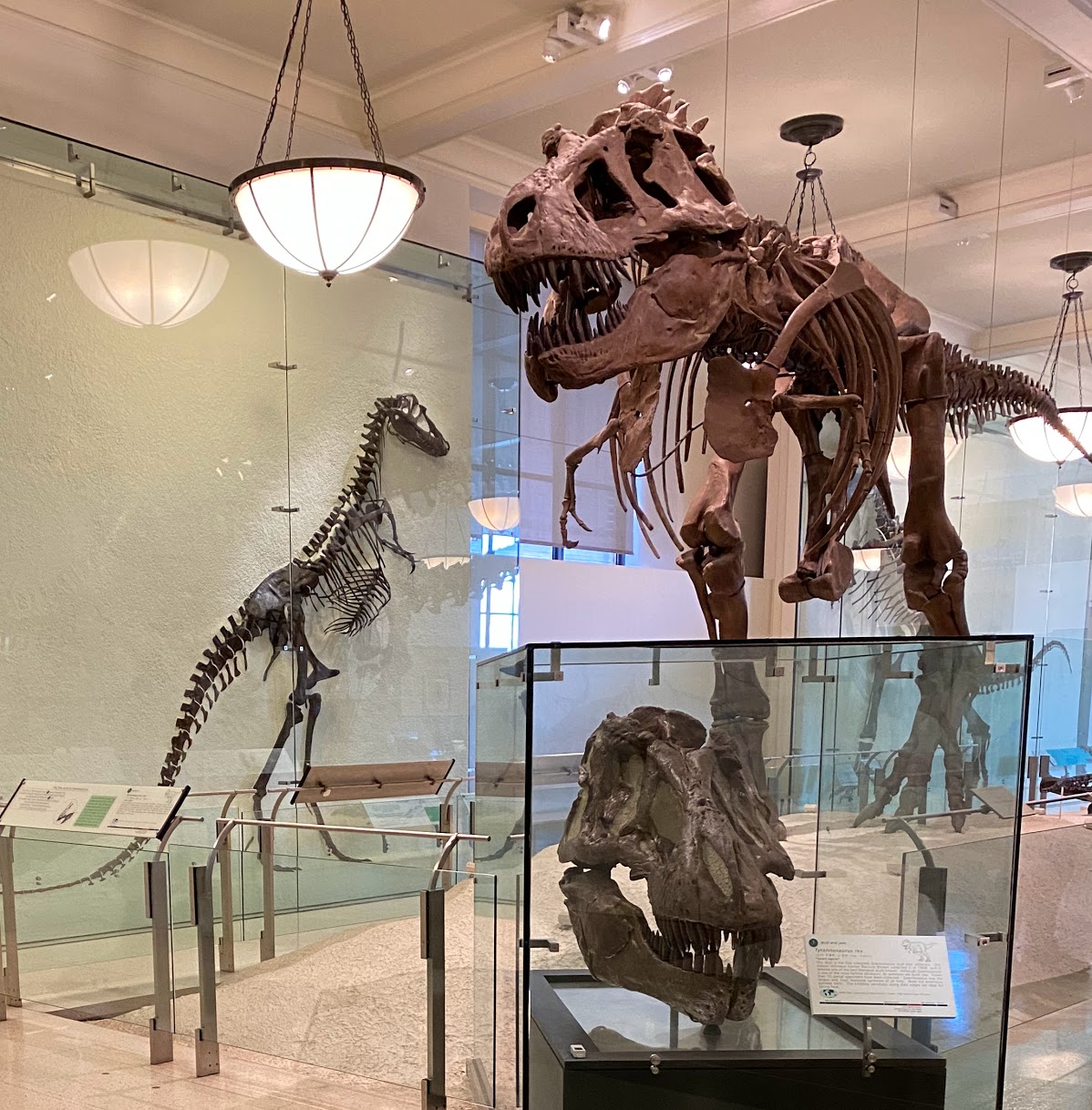
Skeletons in the American Museum of Natural History
In this blog post, our firm examined legal matters involving dinosaur fossils and skeletons, including purchases made by Nicolas Cage, Leonardo DiCaprio, and The Rock. Auction houses have faced growing interest in buyers seeking dinosaur bones. The sales have gotten a lot of attention, perhaps due to the trend of major celebrities making large, public bids for the pieces. As a result of the publicity, countries around the world from which fossils are illegally excavated have presented auction houses with ownership claims, based on their country’s property laws. Copyright law was also an issue for auction houses selling dinosaur skeletons this year because skeletons that are partly comprised of replica bones may come with intellectual property rights in the manufactured pieces.
Fashion Law and Protecting Brands
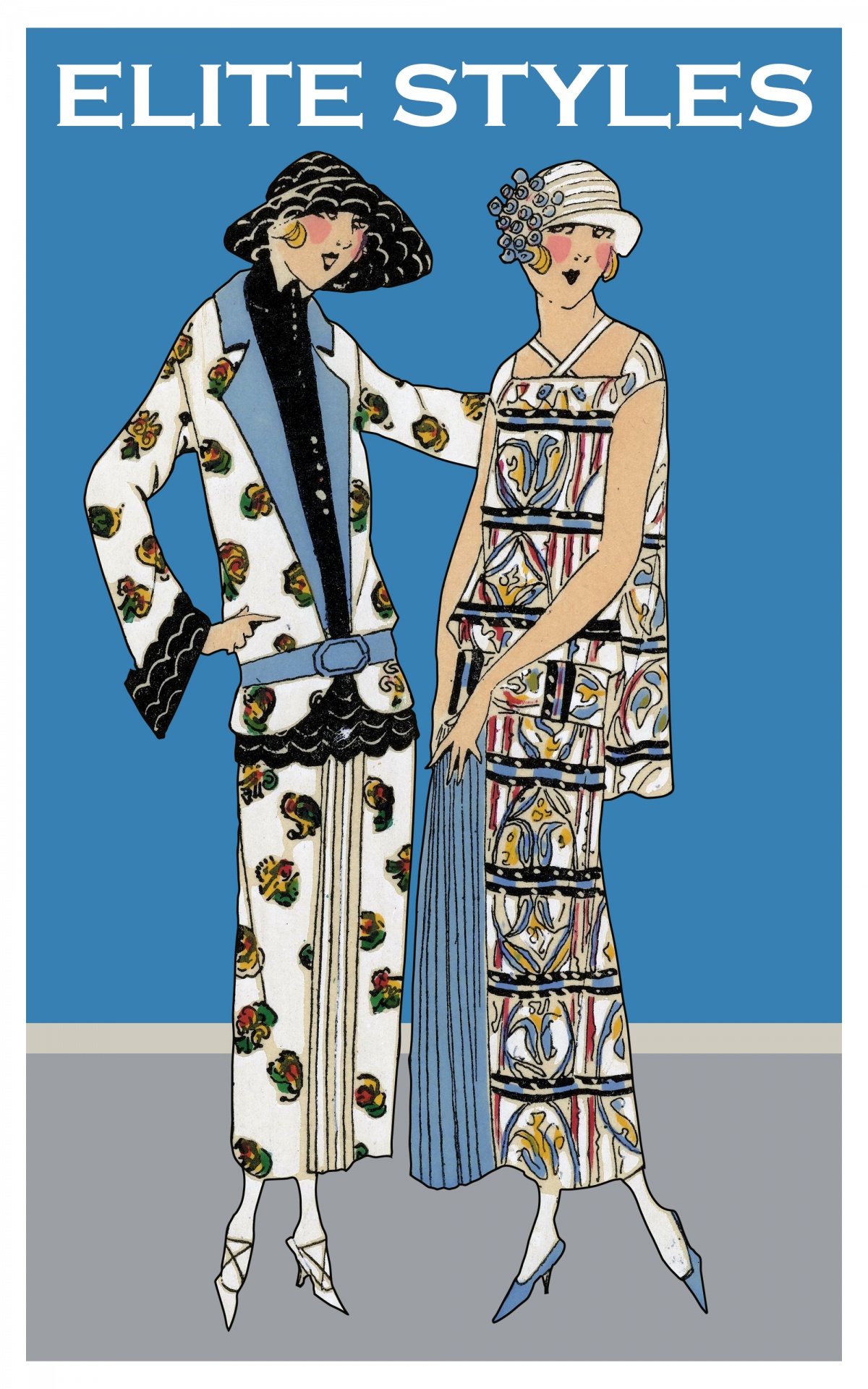 When does the law protect fashion brands? And what is the cost to other artists? Our firm answered these questions in this posts inspired by the Fall 2022 Fashion Weeks taking place around the world. Prominent fashion designers have been known to incorporate logos of other brands into their designs, often as a part of social commentary. Even where artistry is the intent behind the repurposed logo, these designers face financially devastating intellectual property claims from major the brands and companies who own the rights to the logo. Our firm considered how to balance protecting consumers from consumer confusion with giving designers the artistic liberty to create fashion that sparks social commentary. Read more on our website.
When does the law protect fashion brands? And what is the cost to other artists? Our firm answered these questions in this posts inspired by the Fall 2022 Fashion Weeks taking place around the world. Prominent fashion designers have been known to incorporate logos of other brands into their designs, often as a part of social commentary. Even where artistry is the intent behind the repurposed logo, these designers face financially devastating intellectual property claims from major the brands and companies who own the rights to the logo. Our firm considered how to balance protecting consumers from consumer confusion with giving designers the artistic liberty to create fashion that sparks social commentary. Read more on our website.
New York Raises Holocaust Awareness Through New Law

Gustav Klimt’s Woman in Gold
New York State now requires museums to post which artworks on display have links to the Holocaust. The New York bill, which was signed into law on August 10, 2022, accompanied two other Holocaust related bills aimed to combat rising reports of antisemitism. Our firm revisited the difficulty of proving provenance for items acquired during the Holocaust and shortly following WWII. The restitution of these works to families from which the pieces were stolen is incredibly healing.Unfortunately, such claims for the return of priceless works of art often have to overcome enormous legal hurdles, such as the difficulty of proving provenance in court and FSIA claims brought by countries who now claim possession. Read more on our website.
LAW FIRM UPDATES AND EVENTS
New Team Members
Our firm welcomed two new members to join our team, Yelena Ambartsumian and Maria Cannon. Yelena joins the firm as Counsel, while Maria joins us as an associate. We are proud to have Yelena and Maria as members of our team, and we wish them both a warm welcome.
Firm Founder Listed by Chambers
This year, firm founder Leila A. Amineddoleh was recognized by Chambers and Partners High Net Worth Guide for her work in Art and Cultural Property Law. The publication named Leila “a brilliant attorney,” and “a go-to for cultural property matters.” The publication also remarked on her passion for art law and her wealth of experience in the field. Read more here.
Art Law Conferences
Congratulations to our firm’s founder Leila A. Amineddoleh, who successfully chaired the 14th Annual NYCLA Art Law Institute, one of the most anticipated events of the year. Earlier in the year, in March, Leila presented the keynote speech at Yale University’s conference “Dura-Europos: Past, Present, and Future.” The conference focused on the systematic looting of Dura-Europos that took place during the Syrian civil war and during prior millennia. Leila presented on the history of cultural heritage looting and modern efforts to prevent such plunder. Read more about the conference here.
Leila was also a speaker at the Salmagundi Club, one of the oldest arts organizations in the U.S. Her other speaking engagements included moderating a panel for Art Appraisers’ Association Art Law Day and for Fordham’s Intellectual Property Law Journal’s 30th Annual Symposium, “Duplicate, Decolonize, Destroy: Current Topics in Art and Cultural Heritage Law.” In addition, she spoke at conferences hosted by Cardozo School of Law and Notre Dame School of Law. At Cardozo School of Law, Leila spoke on a panel at a symposium discussing cultural property ownership. Read more here. At Notre Dame’s Journal of International and Comparative Law Symposium, she served as panelist at the symposium, “International and Comparative Approaches to Culture”, and discussed antiquities disputes and repatriation of cultural heritage.
Associate Claudia Quinones presented on the “What’s New in Art Law?” panel at the 14th Annual NYCLA Art Law Institute. Her presentation covered title and ownership disputes, new technologies, and climate change activism in the art world. Details about the conference can be found here.
Yelena’s speaking engagements included Fordham Law School’s 30th Annual Intellectual Property Law Journal Symposium as a panelist on “Erased: Protecting Cultural Heritage in Times of Armed Conflict.” She also was a panelist at American University of Armenia’s Center for Truth and Justice Inaugural International Conference, “Cultural Heritage at Stake: How to Preserve, Mitigate Damage, and Punish Destruction.” Read more about the conference here.
IN THE PRESS
Leila appeared in the New York Times a number of times this year, in addition to Artnet, The Art Newspaper, the Observer, the Washington Post, USA Today, People Magazine, and Town + Country Magazine. She discussed a variety of topics, including the art market, cultural heritage disputes, Nazi-looted art, intellectual property disputes, and art collecting practices. Leila also appeared on WPIX-NY and in a number of podcasts.
CLIENTS AND REPRESENTATIVE MATTERS
Sculpture Garden Commission at the Smithsonian Institution
We are very proud to have served as legal counsel to famed artist Hiroshi Sugimoto for a number of his commissions, including his highly anticipated sculpture garden at the Hirshhorn Museum, part of the Smithsonian Institution.
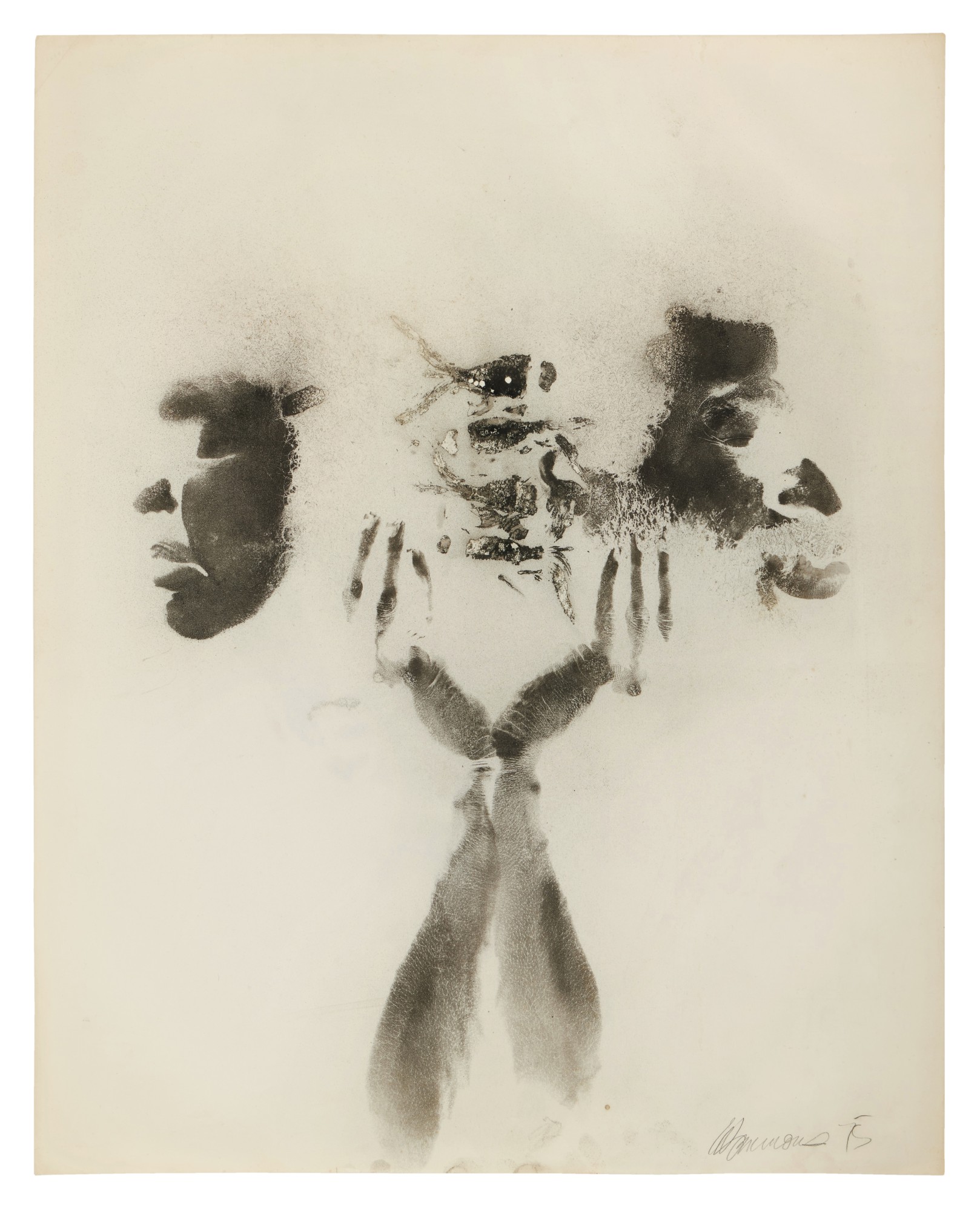 Auction Sales
Auction Sales
We worked with a number of clients to assist them with consigning art for sale at auction. One of our clients is the collecting family that consigned three works by David Hammons for the Sotheby’s Contemporary Evening Auction and one work at the Contemporary Curated sale earlier in the spring. Sotheby’s touted these works and their provenance, after the paintings remained with our clients for nearly five decades. All four of the works performed well, with two of them selling for above their high estimates.
Trademark Clients
We continue working with brands, artists, and companies by advising and serving as trademark prosecutors. Included among our clients are luxury watch brands, fragrance companies, and musicians, including multi-platinum songwriter and produced Jonas Jeberg.
Advising Art Market Players on New Platforms
While we often work with traditional art market participants (including artists, collectors, foundations, auction houses, museums, art advisors, and art experts), we are also happy to be at the forefront of the art and cultural world. As new art platforms and technologies develop, we are pleased to work with exciting online galleries, NFT platforms, novel art collecting exchanges, and artists exploring new media. We look forward to continue cutting edge work in the art sector.
On behalf of Amineddoleh & Associates, we wish you a happy and healthy holiday season and a wonderful and prosperous new year.
by Amineddoleh & Associates LLC | Sep 9, 2021 |
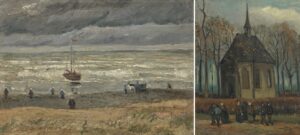
Courtesy of the Van Gogh Museum, Amsterdam
On August 4th Raffaele Imperiale, a criminal linked to the theft of two paintings from the Van Gogh Museum, was arrested in Dubai. Imperiale is a member of Camorra, an organized crime syndicate in Italy, and has been one of Italy’s most wanted fugitives for years. In addition to drug trafficking and organized crime, Imperiale is also known for his involvement with the theft of two paintings by Vincent van Gogh (a crime we covered in an earlier blog post). In 2002, the two works were stolen from the Van Gogh Museum in Amsterdam. The two valuable works, View of the Sea at Scheveningen and Congregation Leaving the Reformed Church in Nuenen, were taken by two art thieves who broke into the museum through the roof of the building. The heist took under 4 minutes, but had an effect on the art world, as Van Gogh is a perennial favorite.
In 2016, Imperiale’s connection to this theft was announced after Italian officials found the paintings in a farmhouse on his property in Castellamare di Stabia, a town near Naples. Imperiale denied his role in the heist, claiming that he purchased the two paintings from the thieves shortly after the works were stolen from the museum. Imperiale admitted that he had hidden the masterpieces on his property with the hopes of leveraging his knowledge about the whereabouts of the painting to negotiate a more lenient sentence. After a long search, Imperiale was arrested in Dubai and will be extradited to Italy where he will face charges related to drug trafficking and organized crime.
by Amineddoleh & Associates LLC | Aug 16, 2021 |
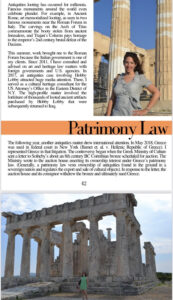 Our founder has been featured in the Art She Says summer 2021 French Riviera Issue. Her contribution to the magazine discusses art theft, forgeries, government ownership of cultural heritage, World War II restitution matters, and artists’ rights, with a particular focus on the firm’s work and her experience as an art lawyer. This includes our firm’s recent representation of the Italian and GreekMinistries of Culture in federal court. These were landmark cases, sending the message that foreign sovereigns can continue to monitor the art market without fearing lawsuits when making inquiries as to potentially looted antiquities’ whereabouts. The article also touches on the forfeiture of antiquities from Hobby Lobby, since Leila served as a cultural heritage consultant for the U.S. Attorney’s Office in that matter, and another forfeiture case concerning a 13th century painting.
Our founder has been featured in the Art She Says summer 2021 French Riviera Issue. Her contribution to the magazine discusses art theft, forgeries, government ownership of cultural heritage, World War II restitution matters, and artists’ rights, with a particular focus on the firm’s work and her experience as an art lawyer. This includes our firm’s recent representation of the Italian and GreekMinistries of Culture in federal court. These were landmark cases, sending the message that foreign sovereigns can continue to monitor the art market without fearing lawsuits when making inquiries as to potentially looted antiquities’ whereabouts. The article also touches on the forfeiture of antiquities from Hobby Lobby, since Leila served as a cultural heritage consultant for the U.S. Attorney’s Office in that matter, and another forfeiture case concerning a 13th century painting.
Leila’s contribution concludes with an overview of due diligence and intellectual property rights, which are crucial for private collectors, particularly with the vast number of forgeries and stolen works on the market. The magazine also includes photographs taken by Leila. We invite you to visit the Art She Says website and read the issue to discover more about Leila’s contribution, as well as the other interesting and valuable articles in the publication. Art She Says is the leading digital magazine that empowers women in the art world through the curation of luxury content, networking events, and art advisory services.
An online copy of the article is available HERE.


 When does the law protect fashion brands? And what is the cost to other artists? Our firm answered these questions in this posts inspired by the Fall 2022 Fashion Weeks taking place around the world. Prominent fashion designers have been known to incorporate logos of other brands into their designs, often as a part of social commentary. Even where artistry is the intent behind the repurposed logo, these designers face financially devastating intellectual property claims from major the brands and companies who own the rights to the logo. Our firm considered how to balance protecting consumers from consumer confusion with giving designers the artistic liberty to create fashion that sparks social commentary. Read more on our
When does the law protect fashion brands? And what is the cost to other artists? Our firm answered these questions in this posts inspired by the Fall 2022 Fashion Weeks taking place around the world. Prominent fashion designers have been known to incorporate logos of other brands into their designs, often as a part of social commentary. Even where artistry is the intent behind the repurposed logo, these designers face financially devastating intellectual property claims from major the brands and companies who own the rights to the logo. Our firm considered how to balance protecting consumers from consumer confusion with giving designers the artistic liberty to create fashion that sparks social commentary. Read more on our 

 Auction Sales
Auction Sales
 Our founder has been featured in the
Our founder has been featured in the 
